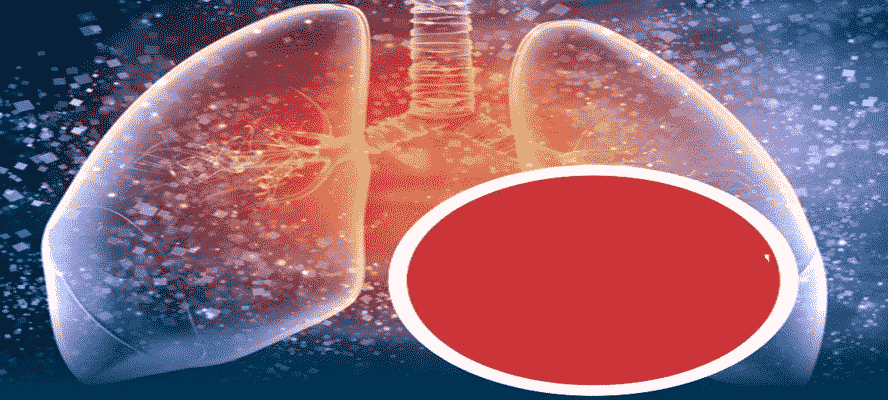The TB control journey so far… The National Tuberculosis Programme of India (NTP) was initiated in 1962 for domiciliary treatment, using selfadministered standard drug regimens. However, it could not achieve its objectives of TB control and hence, on the recommendations of an expert committee, a revised strategy to control TB-Revised National Tuberculosis Control Programme (RNTCP) was started in 1997. This programme used the DOTS (Directly Observed Treatment, Short course chemotherapy) strategy and has achieved several milestones related to TB diagnosis and treatment services since 2006.








